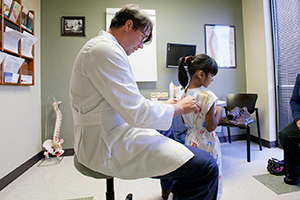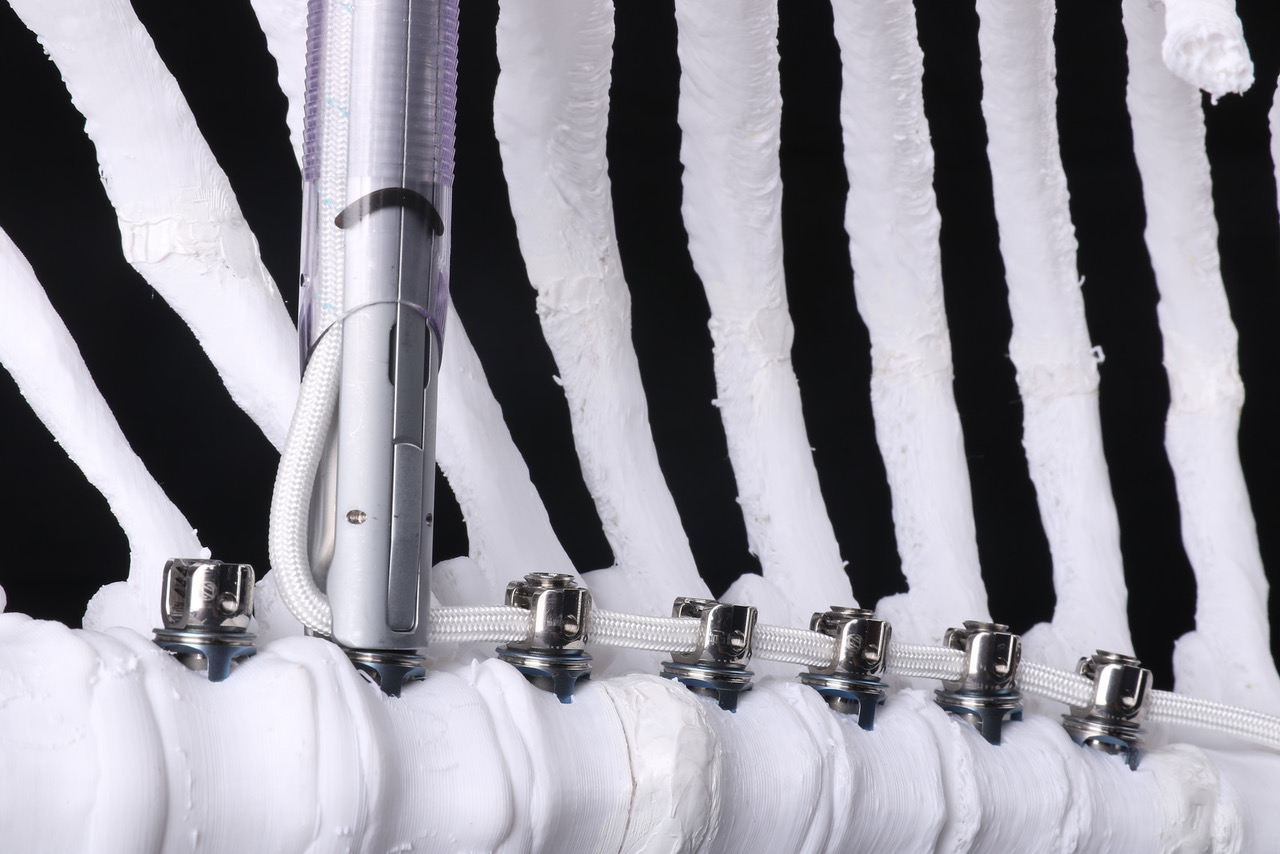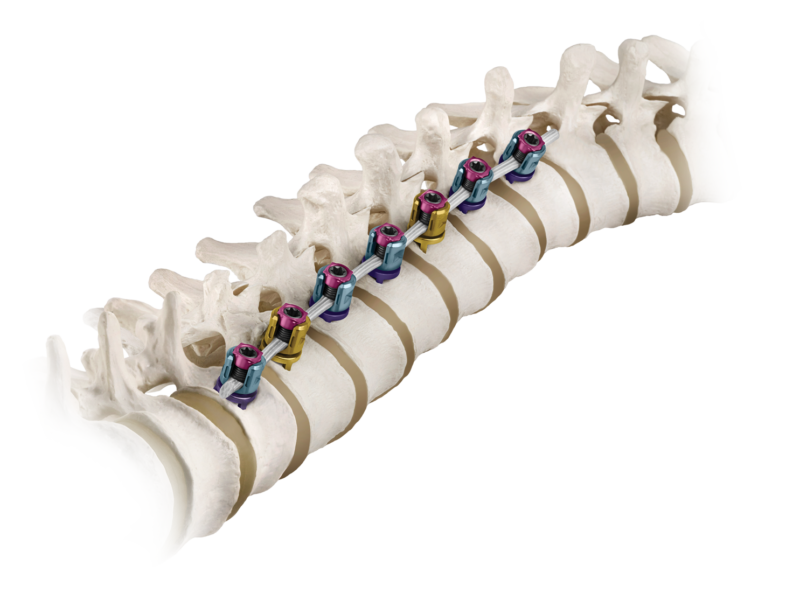
Learn more about the providers at Texas Spine and Scoliosis, the only spine specialized neurosurgery, orthopedic surgery, and non-surgical rehabilitation group in the central Texas area.
NOTICE: Our main Austin clinic location has moved to 1004 West 32nd Street. Click here for a map.
New advancements in the fields of science and medical technology have expanded the ability of doctors to diagnose and treat scoliosis. Genetic testing is one such advancement that can now play a pivotal role in the diagnosis, early prevention and treatment idiopathic scoliosis in children and teens.
For those currently struggling with scoliosis, new innovation in surgical technology now enables a surgeon to address a scoliosis curve using a minimally invasive approach.
Dr. Matthew Geck and Dr. Rory Mayer at Texas Spine and Scoliosis in Austin, Texas are experienced in the complex problems relating to scoliosis and is at the forefront of these new innovations. Dr. Geck was one of the first surgeons in Texas to perform minimally invasive scoliosis procedures on both adolescents and young adults with idiopathic scoliosis. These advanced procedures performed by Dr. Geck have been used at only a small number top scoliosis centers in the United States, including Philadelphia Shriner’s and Miami Children’s Hospital.
“In my opinion, the minimally invasive spine surgery movement has been a long time in coming to scoliosis reconstruction,” says Dr. Geck. “That is because we need to achieve more complex goals than removing a small disc herniation or fusing one spinal segment. We need to realign and reconstruct the spine in a way that long term normal function is preserved or enhanced and at the same time minimizing trauma to the soft tissues of the spine.”
Minimally invasive scoliosis reconstruction utilizes only a few small incisions instead of a single long one, limiting the overall surgical trauma to the back. When surgeons use a minimally invasive approach there is less scarring, less muscle dissection, less chance of tissue complications and less blood loss. Other advantages include shorter hospital stay, less pain, and because of the muscle sparing approach, faster return of function.
“One real advantage of minimally invasive instrumentation, whether it is mini-open or percutaneous (meaning through the skin), is the minimal trauma to the muscles around the spine and faster recovery of function,” says Dr. Geck.
Most juvenile and adolescent idiopathic (genetic) scoliosis can be treated with observation and bracing. Patients who are candidates for brace treatment in particular has been the beneficiary of recent Level One (BRAIST) data asserting the effectiveness of bracing in controlling scoliosis up to 50% of the time compared to non braced patients. However, in patients in which bracing is not effective, or who are bracer intolerant.

There are new minimally invasive procedures that are fusionless that can be used to treat patients with progressive scoliosis, brace resistant scoliosis, or brace intolerant children. Both access the spine through a tiny incisions (VATS) near the ribs and/or a minimally invasive lateral approach to the spine.
Both techniques work on one side of the curve to prevent it from worsening, and in the case vertebral body tethering actually offer the benefit of correction during the growth spurt. Sometimes it may be the only surgery needed. A second benefit of these fusionless, minimally invasive techniques is that they don’t burn any bridges, and if necessary, more traditional corrective instrumentation can be used later on.
Vertebral Body Tethering is FDA approved as of the Fall of 2019. Dr. Matthew Geck and ScoliosisTexas have HDE/IRB approval and site approval to perform the Zimmer Vertebral Body Tethering System. In addition, we are an approved enrolling site for other tethering systems as well that my suit your child’s situation better.
Vertebral body tethering system is indicated for skeletally immature patients that require surgical treatment to obtain and maintain correction of progressive idiopathic scoliosis, with a major Cobb angle of 35 to 65 degrees whose osseous structure is dimensionally adequate to accommodate screw fixation, as determined by radiographic imaging. Patients should have failed bracing and/or be intolerant to brace wear. The clinical data suggests Vertebral Body Tethering System provides benefit related to prevention of spinal curve progression and avoidance of spinal fusion.

Find out if you (or your child) could benefit from minimally invasive scoliosis surgery by filling in the quick-form below. Our patient coordinators will contact you to set up a time to meet with our spine surgeons.
Texas Spine and Scoliosis is a regional referral center for the treatment of back and neck pain and scoliosis

Learn more about the providers at Texas Spine and Scoliosis, the only spine specialized neurosurgery, orthopedic surgery, and non-surgical rehabilitation group in the central Texas area.
 Texas Spine & Scoliosis approved for the new BRAIVE scoliosis tethering study
Texas Spine & Scoliosis approved for the new BRAIVE scoliosis tethering study

Read about various patient success stories that have been performed by the physicians at Ascension Texas Spine & Scoliosis